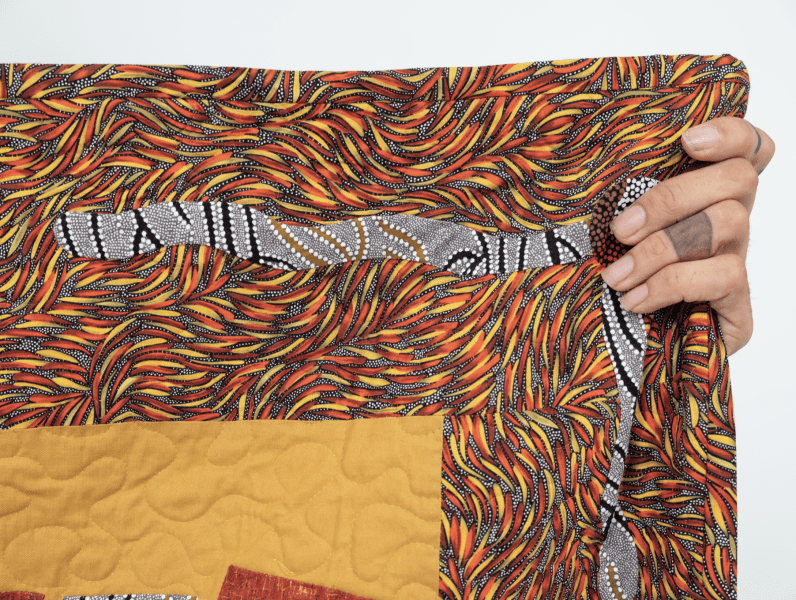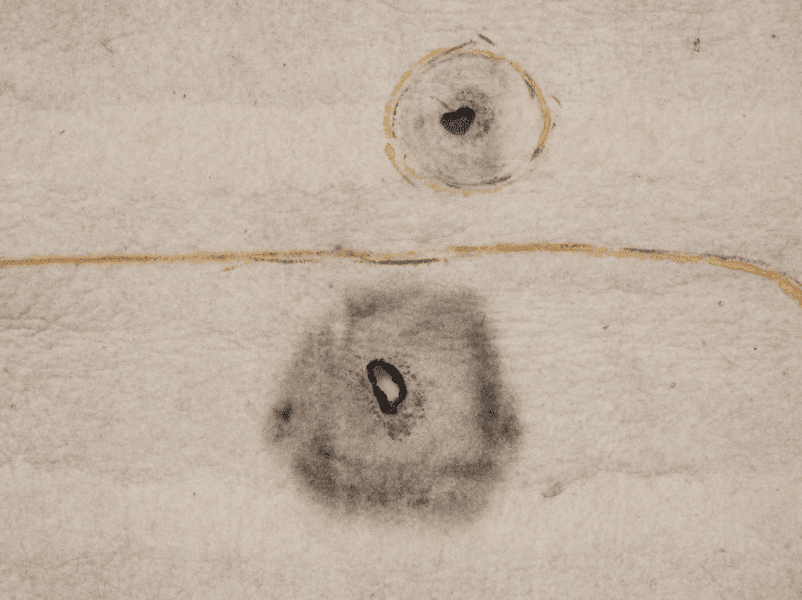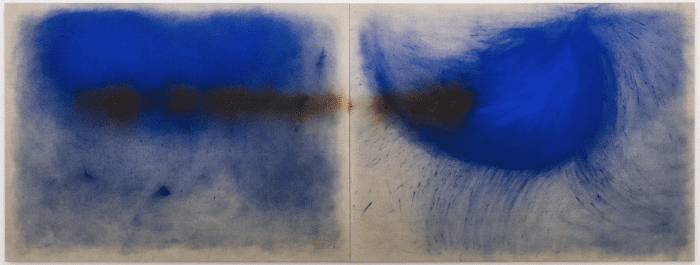
Place-driven Practice
Running for just two weeks across various locations in greater Walyalup, the Fremantle Biennale: Sanctuary, seeks to invite artists and audiences to engage with the built, natural and historic environment of the region.



Biodiverse and historic, Carnarvon Gorge is a landscape hanging in the balance between mystery and exposure. A day’s drive from Brisbane, the region has been the cherished repository of ceremony, culture and rock art for transient, returning Aboriginal communities for generations. That continuous custodianship is today woven through with a new layer: tourism. The once-restricted-access national park now hosts over 70,000 hikers, campers and sightseers each year.
In Through a Lens of Visitation at Monash University Museum of Art, Melbourne, Dale Harding (based in Brisbane) and his mother Kate Harding (Sarina, Queensland) share their ruminations on belonging, visitation and what we mean by travelling to a place. Bidjara and Garingbal ancestry ties the Hardings to Carnarvon, and with curator Hannah Matthews they map the shifting history of the way the gorge has been accessed and represented.
Multiple generations of Dale Harding’s maternal relatives have been involved in developing protocols for the management of the park and its sacred sites. “They worked hard to hold territory and language groups in unbroken connection,” he says. But their world of guardianship is in uneasy discourse with a Western paradigm of ownership. “I’ll get straight to it,” he explains, “some things out there are ancestrally and culturally fitting; welcome. Speaking personally, there are also things that don’t belong. It’s complex.”

Kate Harding’s specially-commissioned quilted textiles bear the weight of the legacies of non-Indigenous artists like Margaret Preston and Sidney Nolan who painted the Gorge. For Dale, the triumph of Kate’s practice is how comfortably it sits within Central Queensland’s long history of making, as well as Western art histories. “What she’s doing is contemporary,” he says. “The forms are shared and universal. With her work, Aboriginal people in Central Queensland may have another reflection of themselves consolidated in the echelons of Australian art and history.”
An arrangement of hand-felted blankets and vegetable-fibre cloaks first developed as a result of Dale Harding’s 2017 residency in Stockholm form a material thread between the work of mother and son. Some are shown folded or “undisclosed” in a tender metaphor for the value of leaving places unrevealed and unchanged. “I’m not interested in fence building,” says Harding. “We must ask ourselves: am I the right person to be here at this time, and why do I want to be here?”

Exactly who may speak for Country is of great importance to Harding. Accordingly, a new publication accompanies the exhibition, featuring contributions by senior researchers Dr Jackie Huggins and Dr Ann Stephen. It explores Aboriginal cultural forms and their contribution to an expanded Australian modernism.
When visitation and revelation of Country remain in balance, wonderful things happen. “I have strong memories of the great nourishment of my family and other Aboriginal people out at the gorge,” says Harding. “Great healing was done. People were relieved of the stuff of everyday life. I’ve seen them bounding on their way home. It is a place of joy, innovation and a safe place for Aboriginal people to be home and present among each other.”
Through a Lens of Visitation
Dale Harding and Kate Harding
Monash University of Modern Art (MUMA)
28 April – 26 June